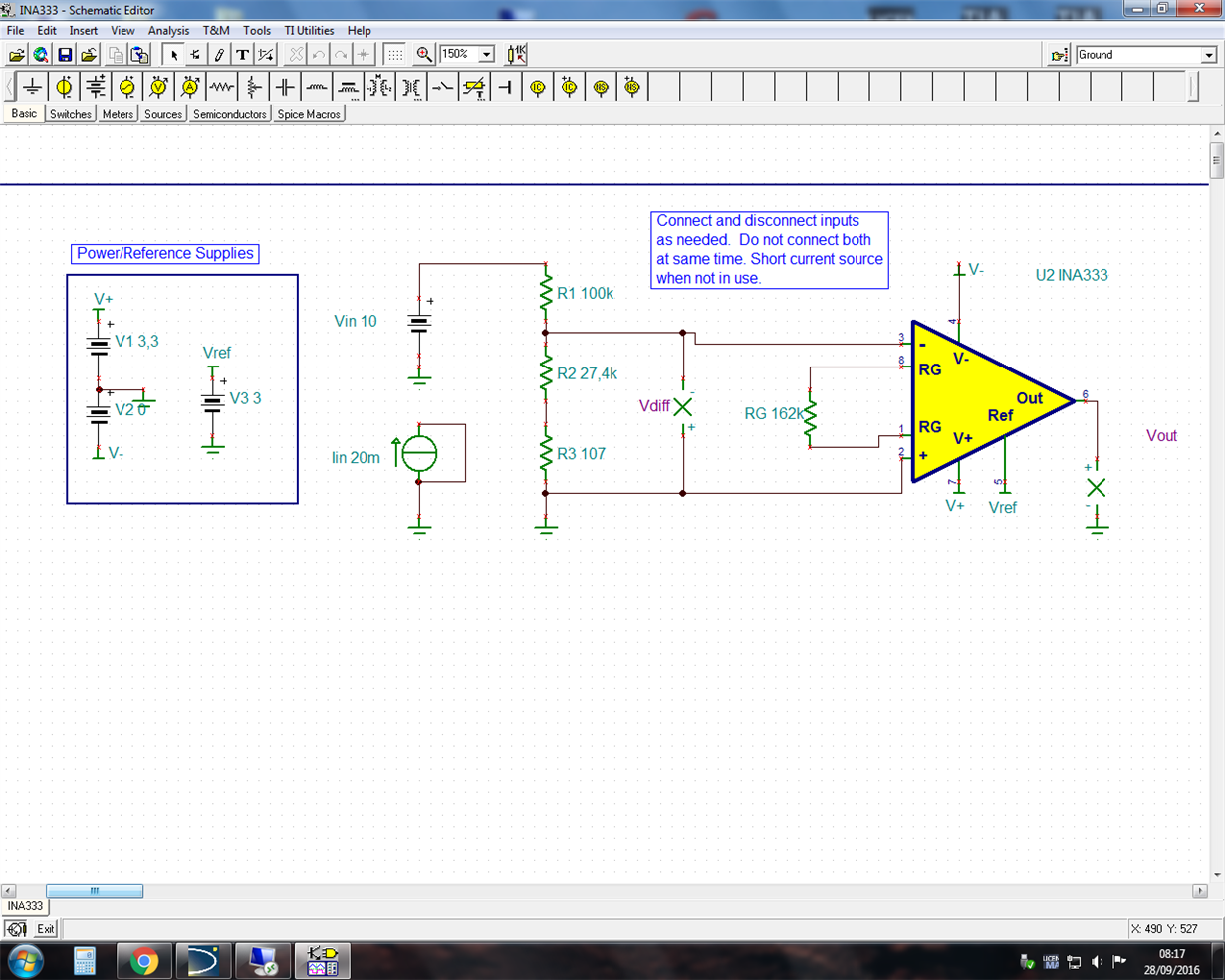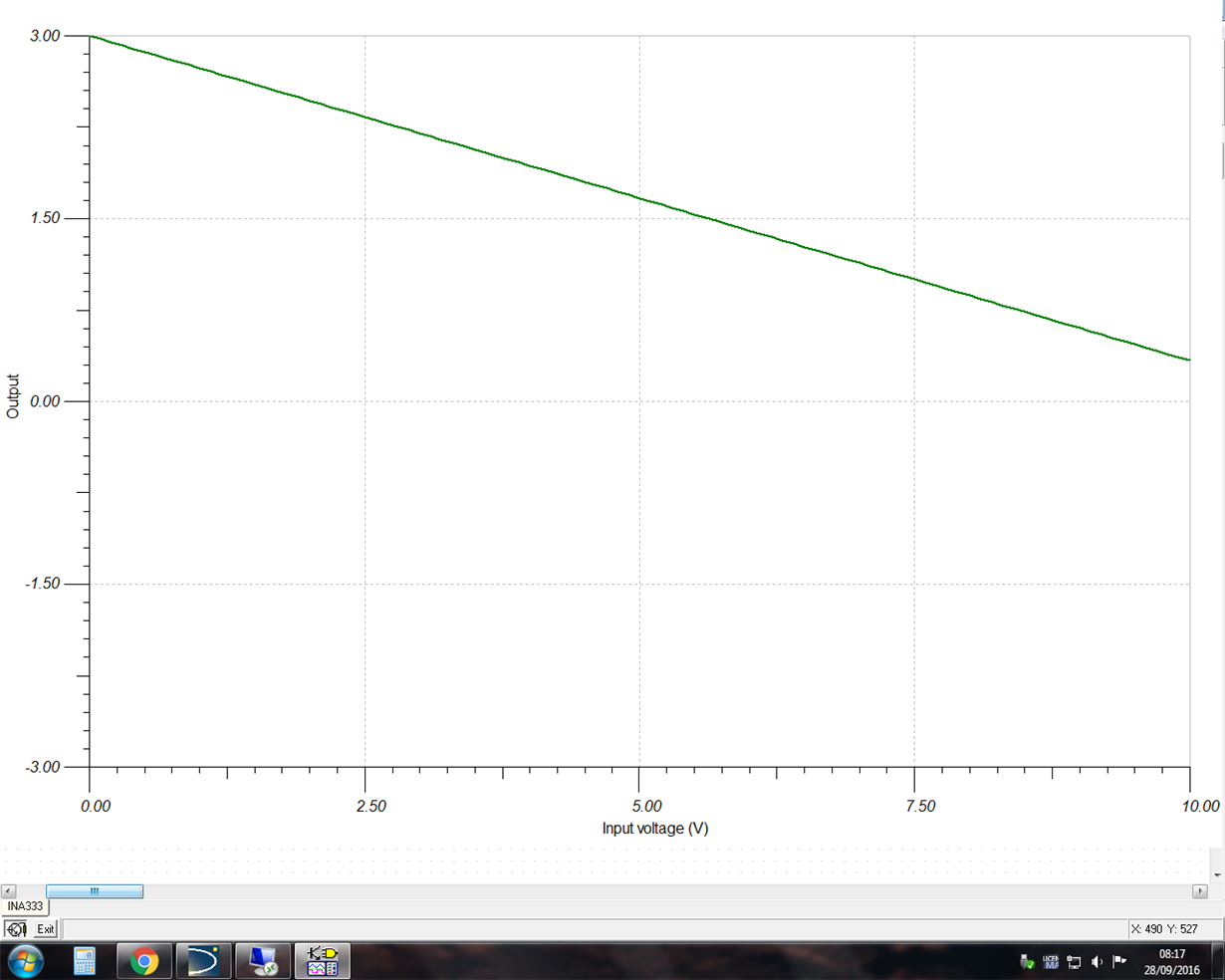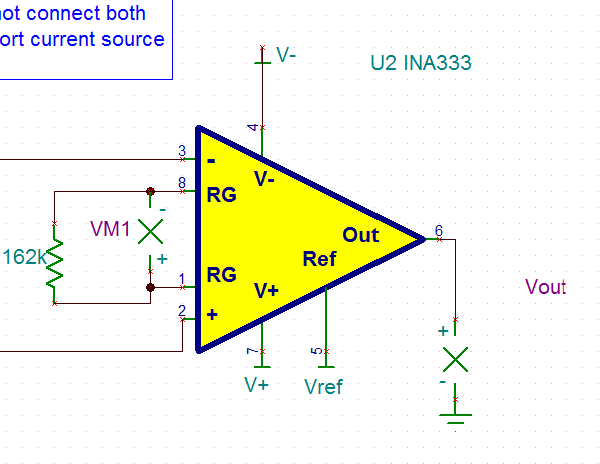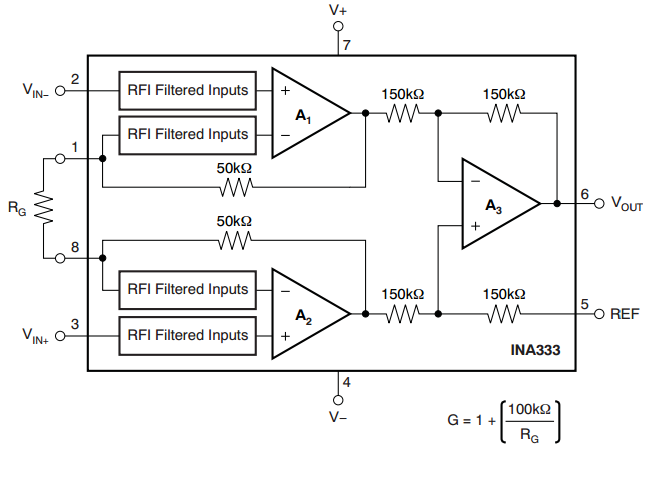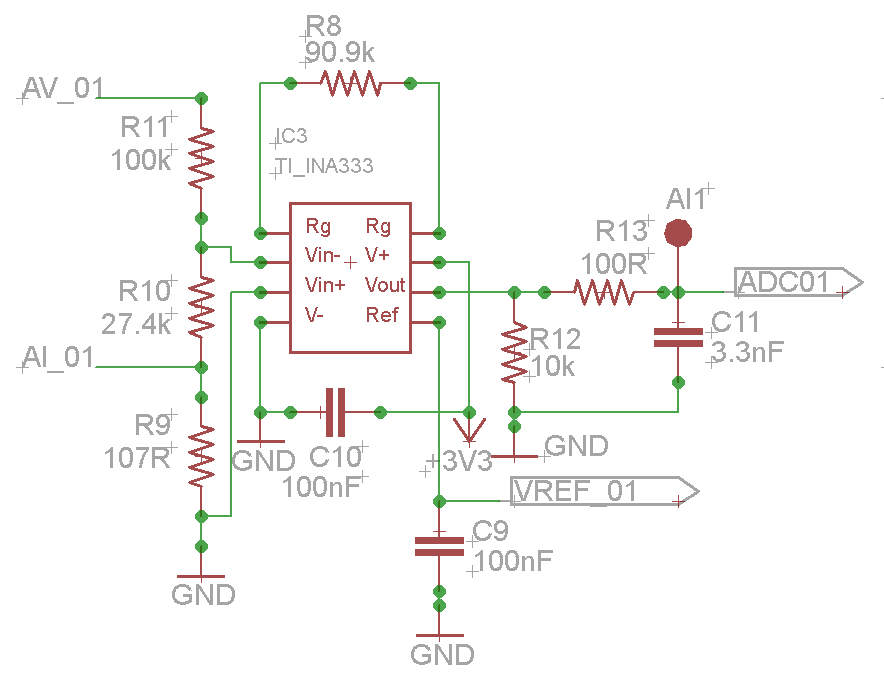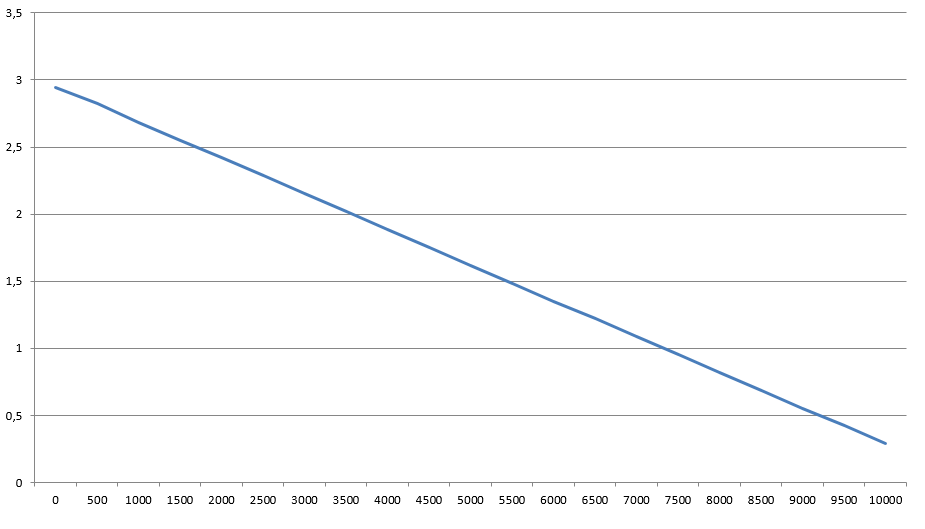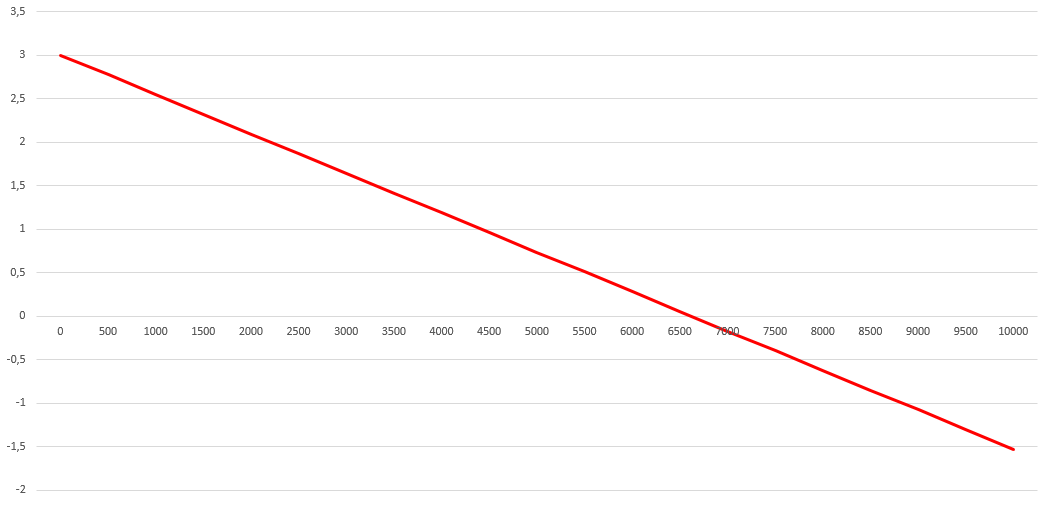Hi everybody,
I'm looking for a solution of my problem, but I cannot find any answers by myself so I'm requesting your help.
For our new product, we'll develop an analog input module (as we can find with PLC...). Our module will be able to do 0/10V and 4/20mA. For the moment, I have three terminals for each input (One for Voltage input +, one for current input +, and for input - ). My problem is that I would to do the conversion of 0/10V o 4/20mA to 3V3 without any selection switch (especially to include or not the shunt resistor used to convert 4/20mA).
You'll find my diagram in enclosed documents. If you have any suggestion to improve it, I'll be very happy.
Thank you in advance,
Best regards,
Fabrice


